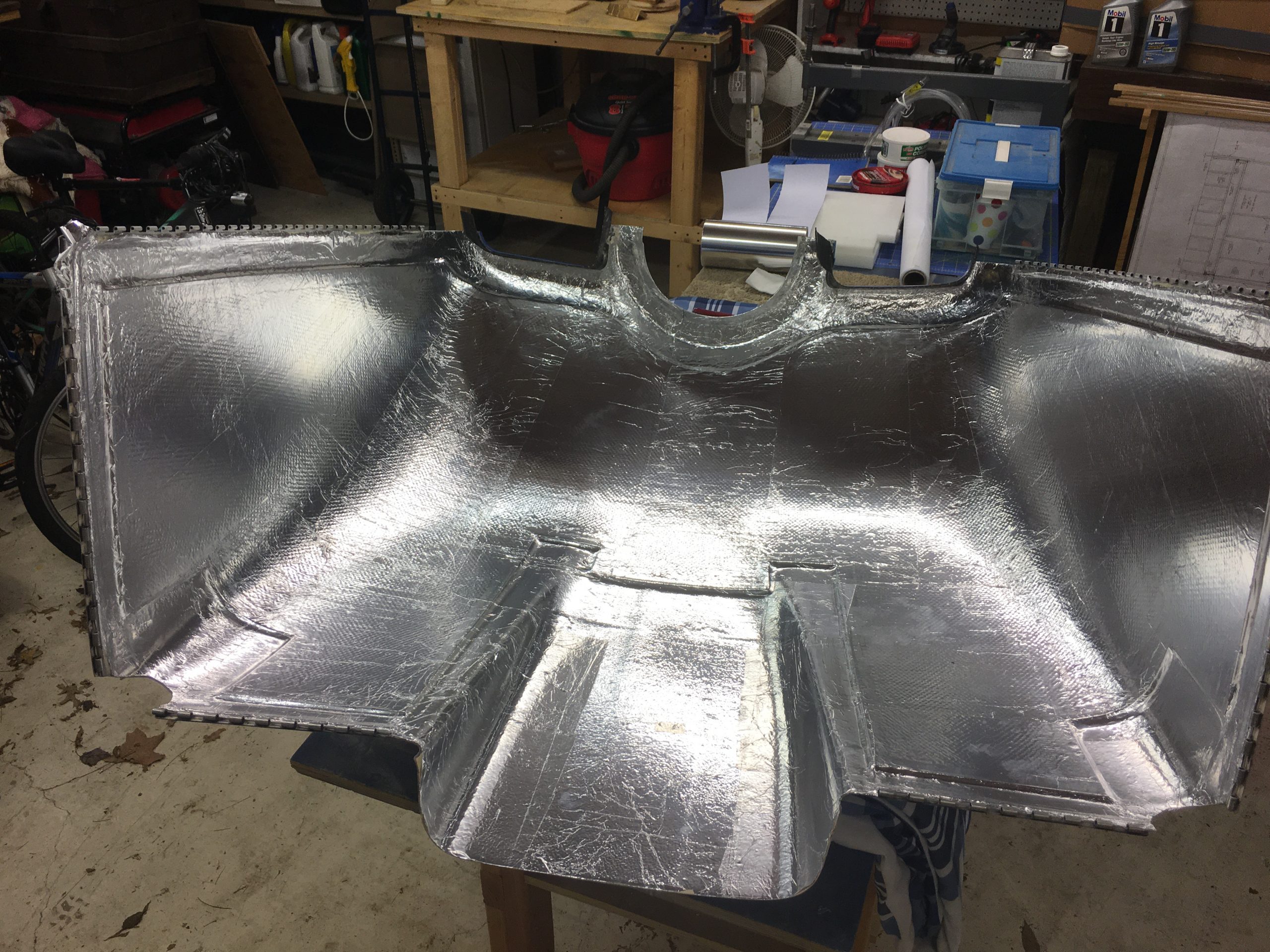Dinner Tonight

It was good to relax with friends after flying from Flint MI to the Vans RV flyin weekend at Petit Jean Mountain, Arkansas.

Karl, Dolly, Ancestors, Progeny and Activities
Dinner Tonight

It was good to relax with friends after flying from Flint MI to the Vans RV flyin weekend at Petit Jean Mountain, Arkansas.
Purchasing Info: To order items from the store just send an email to karl@bambas.com stating the item number, quantity and color desired. You then will receive a PayPal invoice for the purchase. All items are 3D printed or knit to order. Printed items usually ship within five days of payment. Knitted items may take more time. Free shipping on continental US orders over $20.
Oil Drain Couplings p/n 101
Collect the last drop of oil from every oil bottle. It all adds up. Oil Drain Coupling $7.00.
Ignition Wire Guards p/n 102
Wire Guards are 3d printed for 5mm diameter ignition cables used with Slick and Bendix magnetos and 8mm diameter wires used with Emags. They are available in six colors to blend with engine or air baffle colors.
The Wire Guards are 3D printed from ABS filament. ABS has high tensile strength and is very resistant to physical impacts.ABS is amorphous having no true melting point. The ABS glass transition temperature of 221 degrees Fahrenheit is higher than that of Nylon.
The Wire Guards installed in N50KB are installed on the baffle side away from the cylinders. They have endured over 200 hours of engine operation without distortion or other problems.
Prices: 2 hole – $6.00 ea., 3 hole – $8.00 ea.
The Wire Guards are made to be used in EAB aircraft only. They are not FAA approved parts for use in certificated type aircraft.
Engine Exhaust Plugs p/n 103
Seal the engine exhaust system. Sized for 2″ exhaust pipes. Includes neoprene O-rings and Remove Before Flight pendant on a two foot paracord. Price: $16
Dry Engine Components
Screw and plug caps for Lycoming 4 and 6 cylinder engine oil fill tubes are used to supply clean dry air to the crankcases. The best way to reach TBO on aircraft engines is to (1) fly often and (2) keep internal humidity low between flights. Our plugs and caps connect dryer systems to engines via 5/16″ OD flexible vinyl or silicone tubing available on Amazon and elsewhere.
The oil breather tube caps are available in two lengths, short for most engines $3.00, and long $4.00 for breather tubes with an anti-ice slot near the end. The oil fill caps are $5.50 for the 4 Cylinder screw cap and $6.00 for the 6 cylinder plug (includes o-ring).
Pen and Pencil Clips p/n 108
Clips sized for Vans Aircraft control stick or canopy lift struts, and 3/4″ tubing. Also for pencils or Pilot ball point pens. Specify what you want. Price $1.00
Repeat: To order items from the store just send an email to karl@bambas.com stating the item number, quantity and color desired. You then will receive a PayPal invoice for the purchase. All items are 3D printed or knit to order. Printed items usually ship within five days of payment. Knitted items may take more time. Free shipping on continental US orders over $20.
The interior of N50KB’s cowl was starting to discolor from the engine heat. 8″ wide adhesive backed foil came from Amazon. After wiping the inside with acetone I found the wide foil wrinkled during application. It was cut into 4″ wide strips that worked much better.
Application Method: Cut a strip. Remove about an inch of backing. Align and start sticking. Grab the end of the paper backing from underneath and fold it back on itself while pressing on the aluminum side with a cloth. Slowly pull the backing while pressing with my palm. Follow the fold in its travel to the end of the tape. Burnish as necessary to seal any wrinkles.
